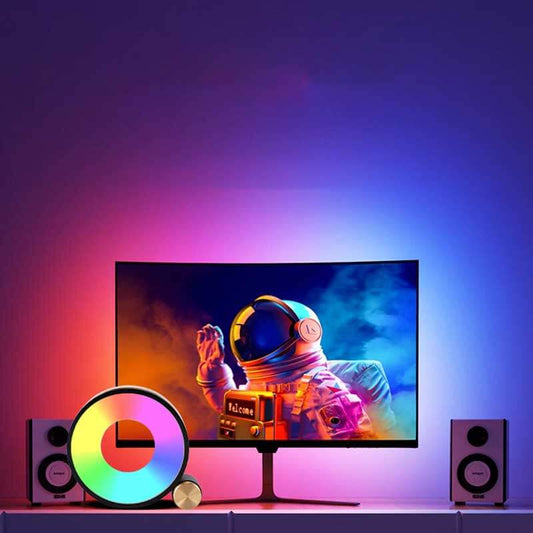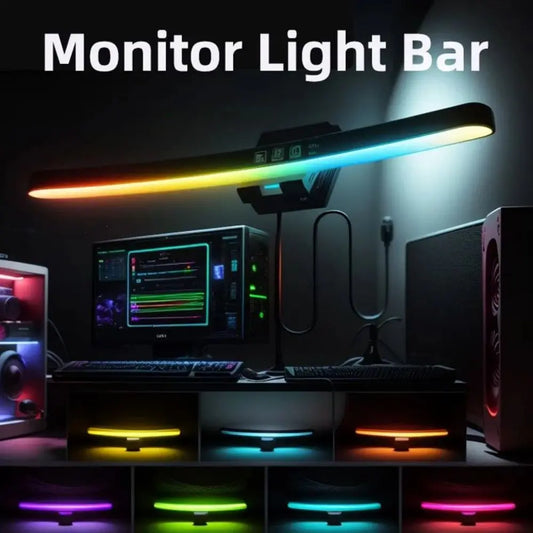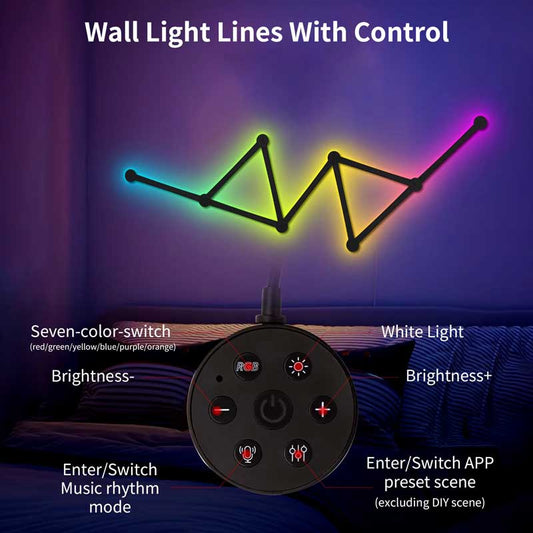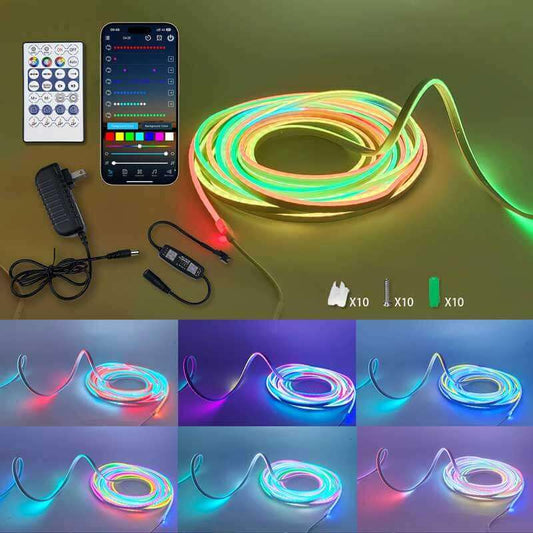What is the difference between LED and RGB LED?
Share
LED (Light-Emitting Diode) and RGB LED (Red, Green, Blue Light-Emitting Diode) are both forms of lighting technology, each with distinct characteristics and applications. Here's a breakdown of the key differences between the two:
LED (Light-Emitting Diode):
-
Single Color Emission: Traditional LEDs emit light in a single color, typically white, red, green, or blue. They produce a fixed color output determined by the semiconductor material used in the LED.
-
Applications: LEDs are commonly used for general illumination, indicator lights, displays, and various lighting applications where a constant color output is required.
-
Energy Efficiency: LEDs are known for their energy efficiency and long lifespan compared to traditional incandescent bulbs, making them a popular choice for energy-conscious lighting solutions.
-
Dimming: Some LEDs can be dimmed to adjust the brightness level, providing flexibility in lighting control.
RGB LED (Red, Green, Blue Light-Emitting Diode):
-
Color Mixing: RGB LEDs are capable of emitting light in multiple colors by combining red, green, and blue light sources. By adjusting the intensity of each color component, RGB LEDs can create a wide range of colors.
-
Color Customization: RGB LEDs offer the ability to create dynamic and customizable lighting effects, including color-changing options and the creation of millions of different hues.
-
Applications: RGB LEDs are commonly used in decorative lighting, entertainment systems, stage lighting, gaming peripherals, and other applications where color variation and customization are desired.
-
Control: RGB LEDs often require specialized controllers or software to adjust the color output and create dynamic lighting effects.
Key Differences:
-
Color Output: LED emits a single color, while RGB LED can emit multiple colors by mixing red, green, and blue light.
-
Applications: LED is used for general lighting, while RGB LED is favored for decorative and dynamic lighting applications.
-
Customization: RGB LEDs offer color customization and dynamic effects, providing more versatility in lighting design.
In summary, while both LED and RGB LED offer energy-efficient lighting solutions, RGB LEDs provide the added benefit of color customization and dynamic lighting effects, making them ideal for applications where vibrant and customizable lighting is desired.




